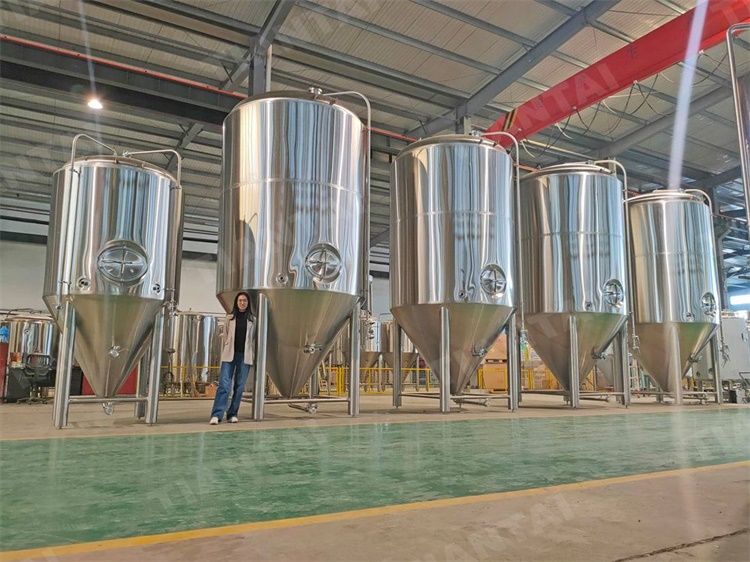How to calculate the number of fermentation tank required according to my present beer recipes?
1. Understanding Batch Size and Fermentation Time: Before calculating the number of fermentation tanks, it is essential to have a clear understanding of the batch size and fermentation time for each beer recipe. Batch size refers to the volume of beer produced in a single fermentation cycle, typically measured in barrels or liters. Fermentation time refers to the duration required for the beer to ferment and reach its desired flavor and alcohol content. Different beer styles and recipes may have varying batch sizes and fermentation times.2. Calculating Tank Turnover Time: To determine the number of fermentation tanks needed, it is necessary to calculate the turnover time for each tank. Tank turnover time refers to the duration required to complete one fermentation cycle in a single tank, including fermentation and maturation. It is calculated by adding the batch size and fermentation time.
For example, if a beer recipe has a batch size of 1000 liters and a fermentation time of 14 days, the turnover time for one tank would be 14 days.
3. Determining Production Capacity and Desired Output: Next, consider the production capacity and desired output of the brewery. Production capacity refers to the maximum volume of beer that can be produced within a given timeframe, often measured in barrels per month or liters per year. Desired output refers to the target volume of beer to be produced within the same timeframe.
For instance, if the brewery has a production capacity of 5000 liters per month and a desired output of 4000 liters per month, it indicates that the fermentation tanks should be capable of handling at least 4000 liters of beer in a month.
.jpg)
4. Calculating the Number of Tanks: To calculate the number of fermentation tanks required, divide the desired output by the batch size. This will give you the minimum number of tanks needed to meet the monthly target output.
For example, if the desired output is 4000 liters per month and the batch size is 1000 liters, then the minimum number of fermentation tanks required would be 4.
However, it is important to consider practical factors such as maintenance, cleaning, and batch overlapping. Having additional tanks can help accommodate these factors and ensure smoother operations. It is advisable to add a buffer by increasing the number of tanks slightly above the minimum requirement.
5. Conclusion: Calculating the number of fermentation tanks required for beer production involves understanding the batch size, fermentation time, production capacity, and desired output. By calculating the turnover time for each tank and considering practical factors, breweries can determine the minimum number of tanks needed to meet their production goals. Additionally, including a buffer by increasing the number of tanks can help account for maintenance and cleaning activities, ensuring uninterrupted production and efficient operations in the brewery.
Edited by Vincent
Email: [email protected]


.jpg)



Get In Touch